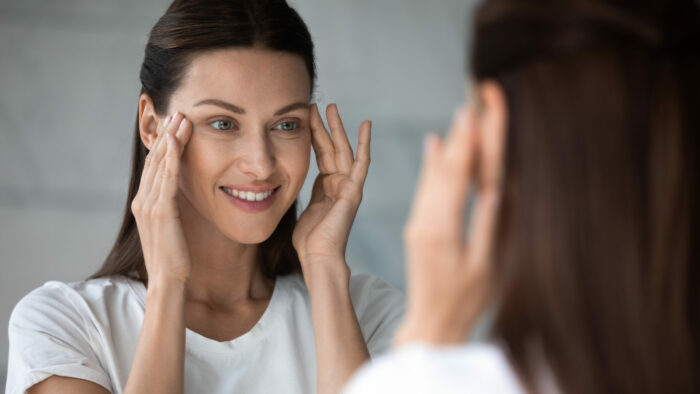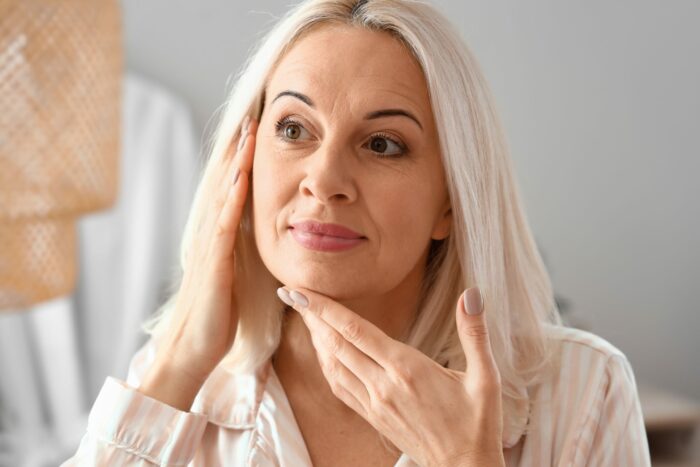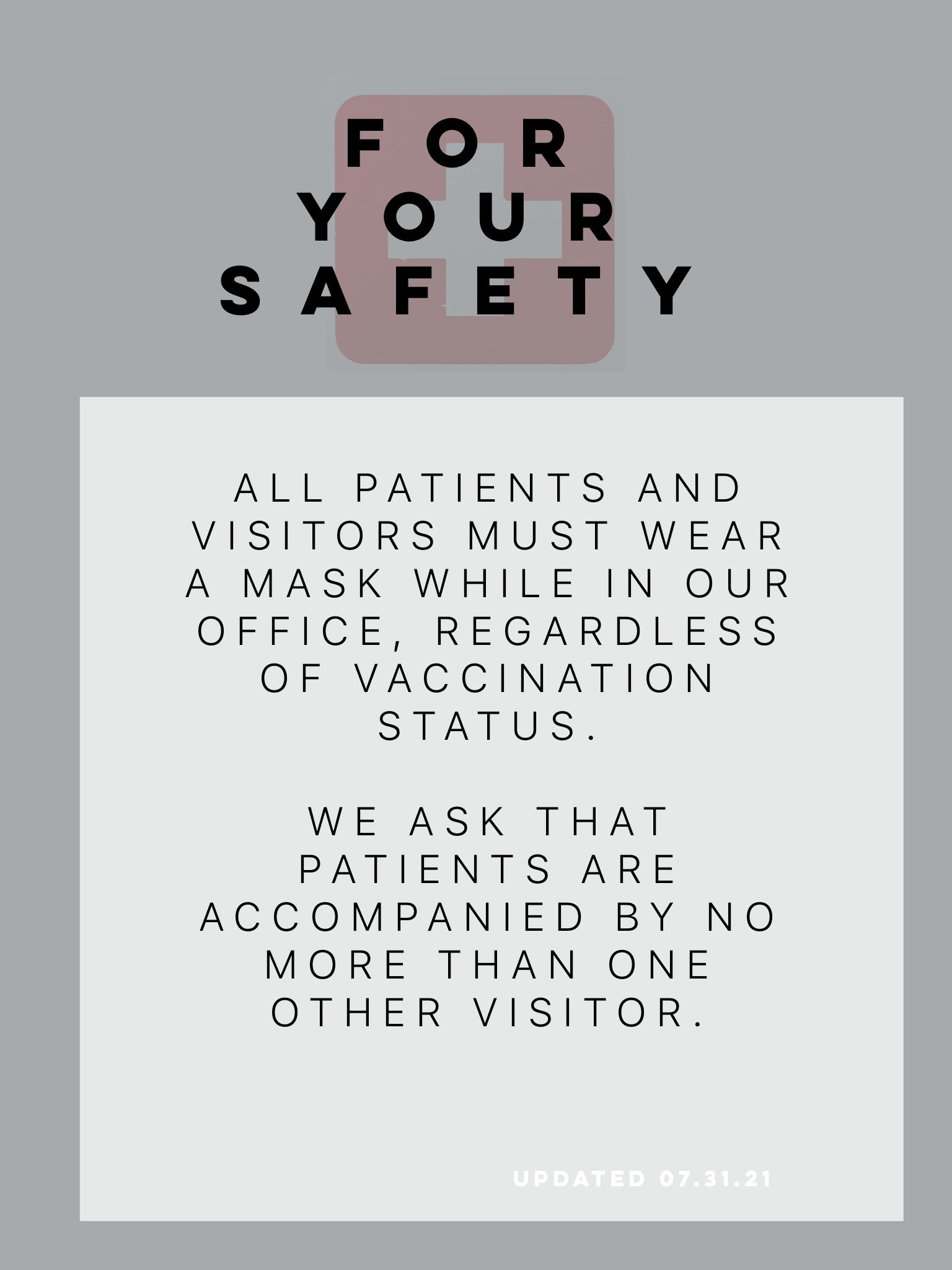Aging can cause loss of facial volume, and many people use dermal fillers to replace it. Unfortunately, dermal fillers are not permanent. If you prefer an all-natural way to add facial volume, you should consider facial fat grafting. This treatment uses your own fat to enhance your features and requires no touch-ups to maintain your results.
What is Facial Fat Grafting?
Facial fat grafting is a long-lasting way to restore lost facial volume or enhance your features. Unlike dermal fillers, this treatment uses your own fat instead of a lab-produced material. This procedure uses liposuction to transfer fat from a donor area to the face. It may also be called fat transfer or fat augmentation. Fat contains stem cells that allow fat cells to take up residence in a new location. Facial fat grafting can address areas such as lines and wrinkles, cheeks, under-eye areas, and lips. Your SAS surgeon can use facial fat grafting almost anywhere you can have dermal fillers.













